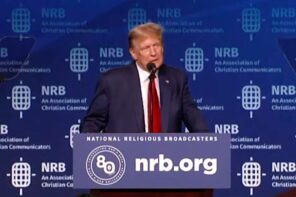With the last episode of the HBO series True Detective 8-part first season airing this Sunday it’s been fun to see writers take the opportunity to enumerate the show’s semi-obscure references.
Noir aficionado Lincoln Michel gives us a reading list of the Gothic novels the show draws from; Louisianan Adrian Young writes in Slate about True Detective’s setting as a cultural landscape; while Emily Nussbaum’s smart feminist critique in last week’s New Yorker notes what’s not there, namely three-dimensional female characters. My own humble contribution to this critical bumper crop has to do with the word “occult,” the detectives’ preferred adjective to describe the murders under investigation.
Don Jolly wrote, in a recent Revealer article on “The New York Occult Revival,” that in the world of religious studies the definition of occult is “hardly settled.” This unsettled nature can be clearly seen in the difference between the community Jolly describes—white, urban, and Protestant—and the one depicted in the fictional world of True Detective. African-American and creole religious traditions like voodoo and Santeria have, as Van Young notes, long been mined by cosmic-horror writers for both their supernaturalism, and their “cultural otherness,” which can lead to demonization of non-white or non-Christian faiths.
Where does True Detective rate on this score? The “occult” murderer’s signature is a small pyramid of lash-together twigs. In an early episode, detectives Cohle and Hart take the “stick thing” to be examined by an African-American pastor at a local church, who recognizes it immediately; as kids, he says, they always called them “devil-catchers.” But this recognition doesn’t lead the detectives to start racially profiling their possible killers.
Probably it’s not fair to judge director Cary Joji Fukunaga’s level of cultural sensitivity by his casting choices, but I couldn’t help noticing that the pastor was played by Clarke Peters, best known for his role as Big Chief Albert Lambreaux on Treme (perhaps the most respected avatar of Louisiana’s African-American cultural heritage ever depicted on TV). If that choice is any indication, the lines between “occult,” “Christian,” “African-American,” “Cajun,” “voodoo,” “Santeria,” may be as complex in True Detective’s plot as they are in real life. Now, if they could just get to work on their depiction of women.




